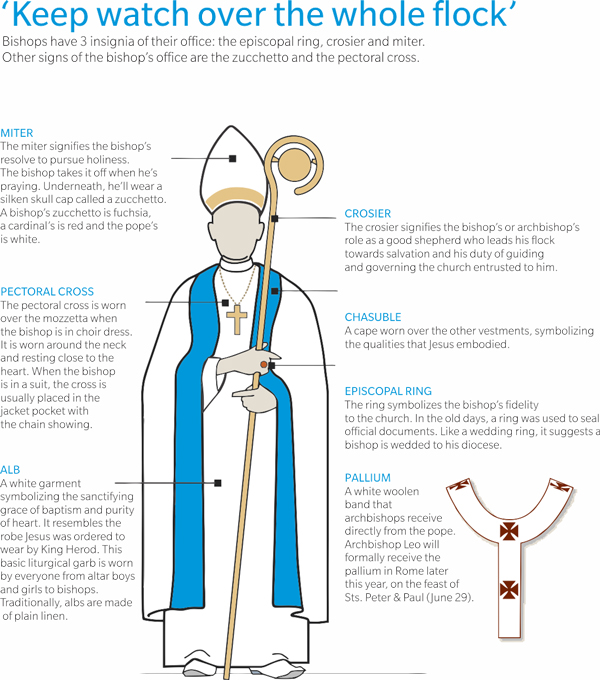
On Sunday, May 19th, The Day of Pentecost, The Rt Rev Gayle Harris, Assisting Bishop in The Episcopal Diocese of Virginia, will join us at St Peter’s for a joyful time of worship and celebration and for Confirmation and Reception.
Jennifer Gamber explains that “Confirmation is one of the Church’s seven sacraments. Sacraments are “outward and visible signs of inward and spiritual grace, given by Christ as sure and certain means by which we receive that grace.” In the sacraments we recognize God’s active presence in our lives.
The Episcopal Church recognizes the two great sacraments of the Bible, which are baptism and Eucharist, and five sacramental rights, which include Confirmation. For Confirmation, the outward visible sign of the inward and spiritual grace is the laying on of hands by the bishop, and the inward spiritual grace is the strengthening of the Holy Spirit.” (see Jennifer Gamber’s book, Your Faith, Your Life, An Invitation to the Episcopal Church for more details.)
The Book of Common Prayer reminds us that “in the course of their Christian development, those baptized at an early age, are expected, when they are ready and have been duly prepared, to make a mature public affirmation of their faith and commitment to the responsibilities of their Baptism and to receive the laying on of hands by the bishop.”
“Those baptized as adults, unless baptized with laying on of hands by a bishop, are also expected to make a public affirmation of their faith and commitment to the responsibilities of their Baptism in the presence of a bishop and to receive the laying on of hands.”
For those who have been confirmed in another denomination, the Book of Common Prayer provides for the formal reception into the Episcopal Church, which honors the commitment already having been made in the person’s previous denomination.
Read more




